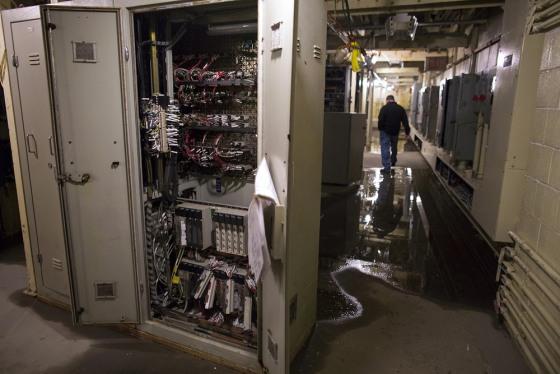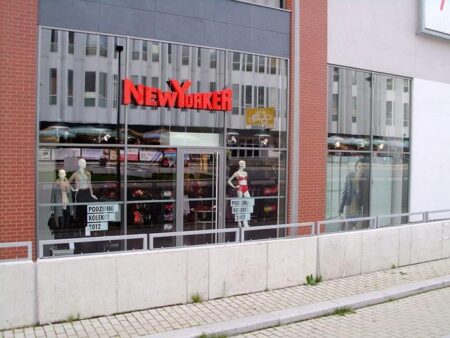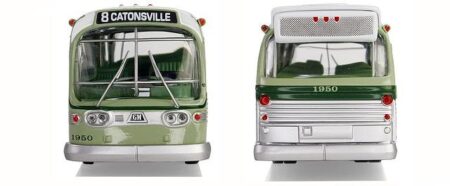Unveiling the Subway Lost-and-Found Heroes: How Experts Retrieve Your Misplaced Valuables
Complexities of Recovering Lost Items in Subway Systems
In the hectic underground transit environment, retrieving lost possessions requires more than just luck—it demands specialized skills and rapid response. Items such as smartphones, wallets, and jewelry often vanish into inaccessible spots like narrow gaps between platforms, beneath benches, or even inside drainage channels. The intricate design of subway stations, combined with constant commuter flow and safety considerations, makes recovery a challenging endeavor. Additionally, the risk of damage from train vibrations or contamination from wet surfaces complicates the process further.
To overcome these obstacles, recovery teams utilize an array of innovative equipment including extendable retrieval tools, portable illumination devices, and waterproof containers, ensuring that the operation is both efficient and careful.
- Restricted access to confined or submerged locations
- Heavy pedestrian traffic impeding retrieval efforts
- Potential harm from ongoing maintenance and train movements
- Urgency due to cleaning schedules and safety regulations
| Item Category | Typical Recovery Challenge | Estimated Retrieval Duration |
|---|---|---|
| Smartphones | Falling into platform gaps | 30 to 45 minutes |
| Wallets | Slipping behind seating or railings | 15 to 30 minutes |
| Jewelry | Trapped in drainage grates | 30 to 60 minutes |
| Keys | Dropped onto tracks | Varies; requires coordinated effort |
Behind the Scenes: The Subway Lost-Items Recovery Team’s Methodology
When a commuter’s personal item slips into the subway’s hidden recesses, a specialized recovery unit is dispatched promptly. Their approach begins with a comprehensive safety evaluation and strategic planning to determine the safest and most effective retrieval technique. Equipped with waterproof gloves, telescoping grabbers, and LED inspection scopes, the team meticulously combs through muddy pools, narrow crevices, and other challenging spots to locate and extract lost belongings.
- Immediate mobilization upon receiving loss reports to prevent further contamination or displacement
- Utilization of custom-designed tools adapted to various subway infrastructure elements
- Close coordination with subway engineers to access restricted or hazardous zones safely
- Sanitization and secure packaging of recovered items before returning them to their owners
| Equipment | Function | Efficiency Level |
|---|---|---|
| Telescopic Grabber | Extending reach into confined spaces | High |
| LED Inspection Scope | Illuminating dark, submerged areas | Moderate |
| Waterproof Gloves | Enabling safe manual retrieval in wet environments | High |
Enhancing Recovery Outcomes Through Cutting-Edge Technology and Training
Modern advancements have revolutionized the way subway recovery teams operate, transforming difficult retrievals into routine successes. High-definition borescopes and waterproof cameras provide real-time visuals of hard-to-access areas beneath the tracks without interrupting train services. Additionally, magnet-equipped drones are deployed to remotely extract metallic objects from muddy or tight spaces, minimizing disruption and enhancing safety.
Yet, technology is only part of the equation. Comprehensive training programs ensure that team members are proficient in operating sophisticated equipment and excel in problem-solving under pressure. Regular scenario-based drills simulate various loss situations, sharpening coordination and response times. Core training components include:
- Workshops on specialized equipment operation
- Emergency response and safety protocol training
- Team-building exercises to optimize communication and efficiency
| Technology/Skill | Advantage | Result |
|---|---|---|
| Waterproof Inspection Camera | Provides clear visuals in submerged locations | Improved accuracy in locating items |
| Magnet-Equipped Drones | Enables remote retrieval of metal objects | Reduces track downtime and risk |
| Scenario-Based Training | Enhances hands-on problem-solving skills | Increased success rates under pressure |
Practical Advice for Commuters: Protecting and Recovering Your Lost Items Swiftly
Staying alert on crowded subway platforms is the first line of defense against losing personal belongings. Secure valuables in zipped compartments or bags with internal pockets to prevent accidental drops. Avoid carrying too many loose items simultaneously, as juggling increases the chance of misplacement. Familiarizing yourself with station layouts and the locations of lost-and-found offices can expedite recovery if an item goes missing.
If you do lose something, act quickly by informing subway personnel or using official transit apps that facilitate lost-item reporting. Below is a summary of average recovery times and success rates for common lost items handled by subway recovery teams:
| Item | Average Recovery Time | Success Rate |
|---|---|---|
| Smartphones | 2 to 4 hours | 85% |
| Wallets | 4 to 6 hours | 70% |
| Keys | 1 to 3 hours | 90% |
| Umbrellas | 6 to 12 hours | 60% |
Final Thoughts
As urban commuters continue to rely on subway systems, the dedicated efforts of the Lost-Items Recovery Team provide reassurance that misplaced valuables are not lost forever. Their combination of expertise, advanced technology, and swift action ensures that passengers can retrieve their belongings with minimal hassle. Beyond safeguarding personal property, this team plays a vital role in maintaining the efficiency and safety of the city’s transit network.













